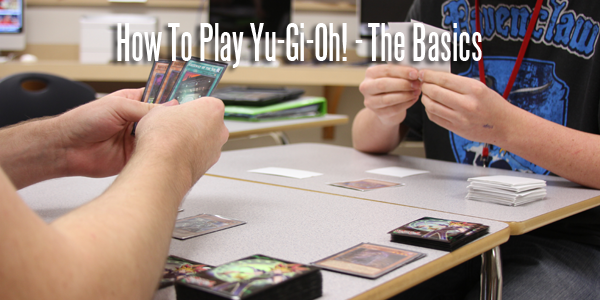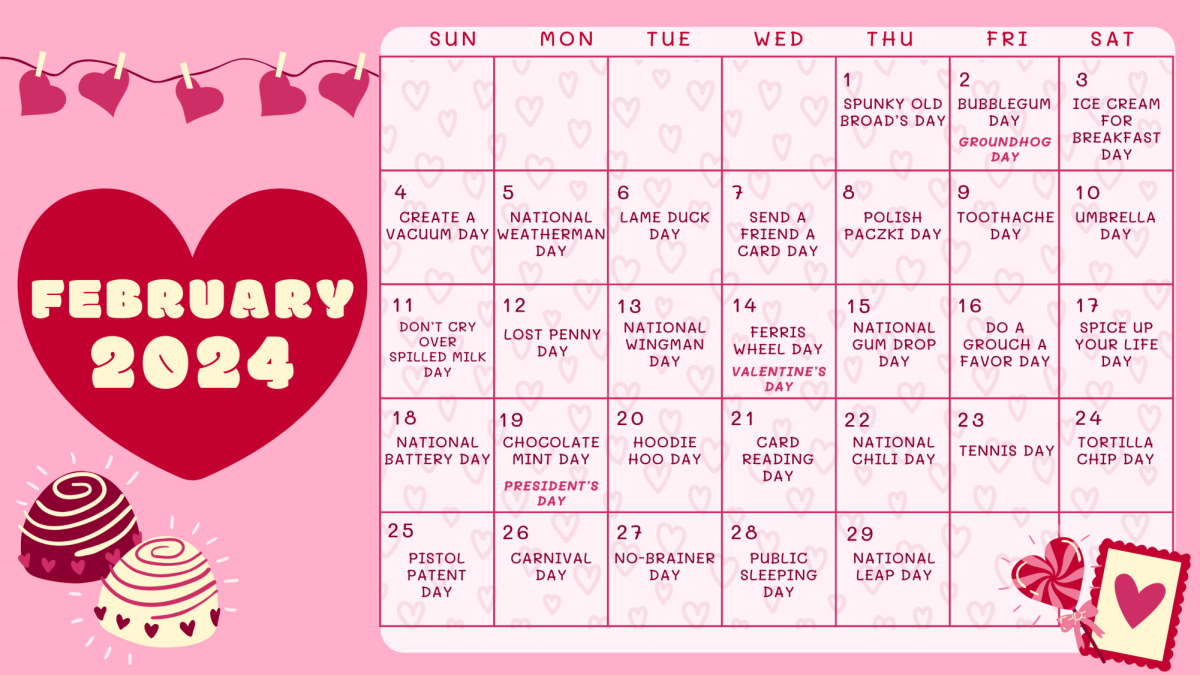
For many students, its mainstream popularity peaked during the fourth grade and has died down significantly since then, the classic card game, Yu-Gi-Oh! continues to have a hold on thousands of people throughout the world. For anyone looking to pick up a new hobby, Yu-Gi-Oh! offers a fun and thought-provoking option for people of all ages, and anyone wanting to learn the game can do so after picking up a few basic concepts behind it.
Basic Game Mechanics:
Firstly, any individual interested in dueling needs to understand the basics of how to play the game. Starting with the types of cards in the game, Yu-Gi-Oh! incorporates three main varieties of cards: monsters, spells and traps. Each of those three types of cards has its own set of types, such as effect monsters and quick-play spell cards. Before building a deck, players need to understand how to use each card and how to play the game properly.Yu-Gi-Oh! operates as any other turn-based card game in that players alternate playing and setting monsters, spells and traps and attacking. Players start with five cards each and draw one card at the beginning of each of their turns. From there they can place monsters on the field, activate spells and set traps, enter battle phases or perform any other move legal at the time.To learn how to play monsters and other cards and how to move through a turn, players should read Konami’s page about the basics of playing the Yu-Gi-Oh! card game. To play in tournaments or in more official settings, players should familiarize themselves with the more specific rules by reading the official rule book released by Konami.For starters players should begin learning the rules by looking into the most important and basic concepts found in Yu-Gi-Oh!:
- Summoning monsters, including normal, fusion, synchro, xyz and other special summons
- Changing battle positions
- Setting monsters, spells and traps
- Activating monster effects, spells and traps
- Sending cards to the graveyard and banishing them
- Searching and summoning directly from the deck
- The difference between TCG and OCG
Building a Deck:
After developing a sense of the way the game works, players need to work on making well balanced, powerful decks before they can seriously enter a duel.
A player’s main deck can consist of as few as 40 cards and as many as 60. To ensure a balanced hand when drawing, players generally aim for a 8:3:1 or a 2:1:1 ratio of monsters to spells to traps, but the actual ratio fluctuates depending on the style of deck in use. More advanced players often deviate from set ratios as they develop more complicated, unique decks. For example decks more oriented around locking down the opponent’s ability to summon monsters might rely more heavily on traps than on spells, and decks revolving around summoning monsters from the deck might have fewer monsters since they don’t need to rely on drawing them as much.
Along with the main deck, players have the option of creating side decks and extra decks, which can have up to 15 cards each. Extra decks consists of fusion, synchro and xyz monsters, each of which brings to the table a new set of potential offenses and defenses for players. Because extra-deck monsters don’t clutter a main deck, every player should spend time filling their extra deck with monsters capable of effectively complementing their deck.
Side decks have just as much importance the primary deck. In a match, a set of three duels, players can only change their decks by swapping cards with their side deck. Side decks give players the option to customize a deck to beat multiple other kinds of decks, players should also spend time making sure they possess a versatile full side deck to counter as many play styles and strategies possible, especially more popular decks such as Six Samurai decks. For example a player might consider having Royal Command, which prevents flip effects, in the side deck to break the momentum of decks relying on flip effects, such as Gravekeepers decks.
As for deck limitations, main decks, side decks and extra decks can, altogether, have up to three cards of the same name. Players should also read Konami’s banned list, as players cannot use banned cards in Advanced-Format duels, the style used by official Konami tournaments. Additionally, certain cards are limited or semi-limited, meaning only one or two copies, respectively, can go in a deck. For a regularly updated list of banned and limited monsters, visit the official banned list here.
Playing the Game:
Lastly, anyone hoping to become a successful Yu-Gi-Oh! player needs to know how to read an opponent’s approach, how to adapt their own style to any situation as best they can and how to break through an opponent’s defense to win the duel.
Before players can see through someone else’s strategies, they need to have a thorough understanding of existing game mechanics. By practicing and acquiring more knowledge on other players’ deck types, duelists can identify specific styles attempted by their opponent and react with a counteract as quickly as possible. The faster players can identify and counter an opponent’s tactics, the sooner they can turn the duel in their favor and implement their own strategy.
Additionally, players have to have a deck capable of responding to an opponent’s counter strategies. Just as players should have plans ready to counteract an opponent’s strategies, players must also have procedures ready to counter any plan of their opponent’s disruptive setups. If a player attempts to enact their main strategy or a counter attack to prevent their opponent from enacting his or her primary tactic, then they can easily fail if they have no protective cards to ensure victory when the opponent attempts to counter.
Ultimately, counter strategies often shape and reshape a duel and can easily decide the winner of a duel, or even a match, early on. Using their set of arsenal of tactics and counters, players can then break down opponents’ approach and take control of the duel. By doing so they help guarantee the success of their strategies, failure of their opponents’ playing scheme and, thus, their own victory.
Practice makes improvement:
To practice dueling, learn new card combos and attain information and rulings for specific card, players can seek help on websites and forums all across the Internet. Sites such as Konami’s official site, which houses all of Konami’s cards, tournament information and rules, the Dueling Network, which offers free online duels of multiple types and with thousands of other players as well as a forum for players to discuss things related to the game, the Yu-Gi-Oh! Wikia, which offers card tips, strategies and consolidated card information, and a slew of other sites give players all the tools they need to become effective Yu-Gi-Oh! players.
Beginning with the basic game mechanics of Yu-Gi-Oh! and ending with learning how to win against any opponent, players can accrue enough wins to try competing in local competitions or online. After they felt they’ve mastered the underlying concepts of the game, duelists can start entering official tournaments to receive different prizes and win a variety of unreleased promo cards directly from Konami.















